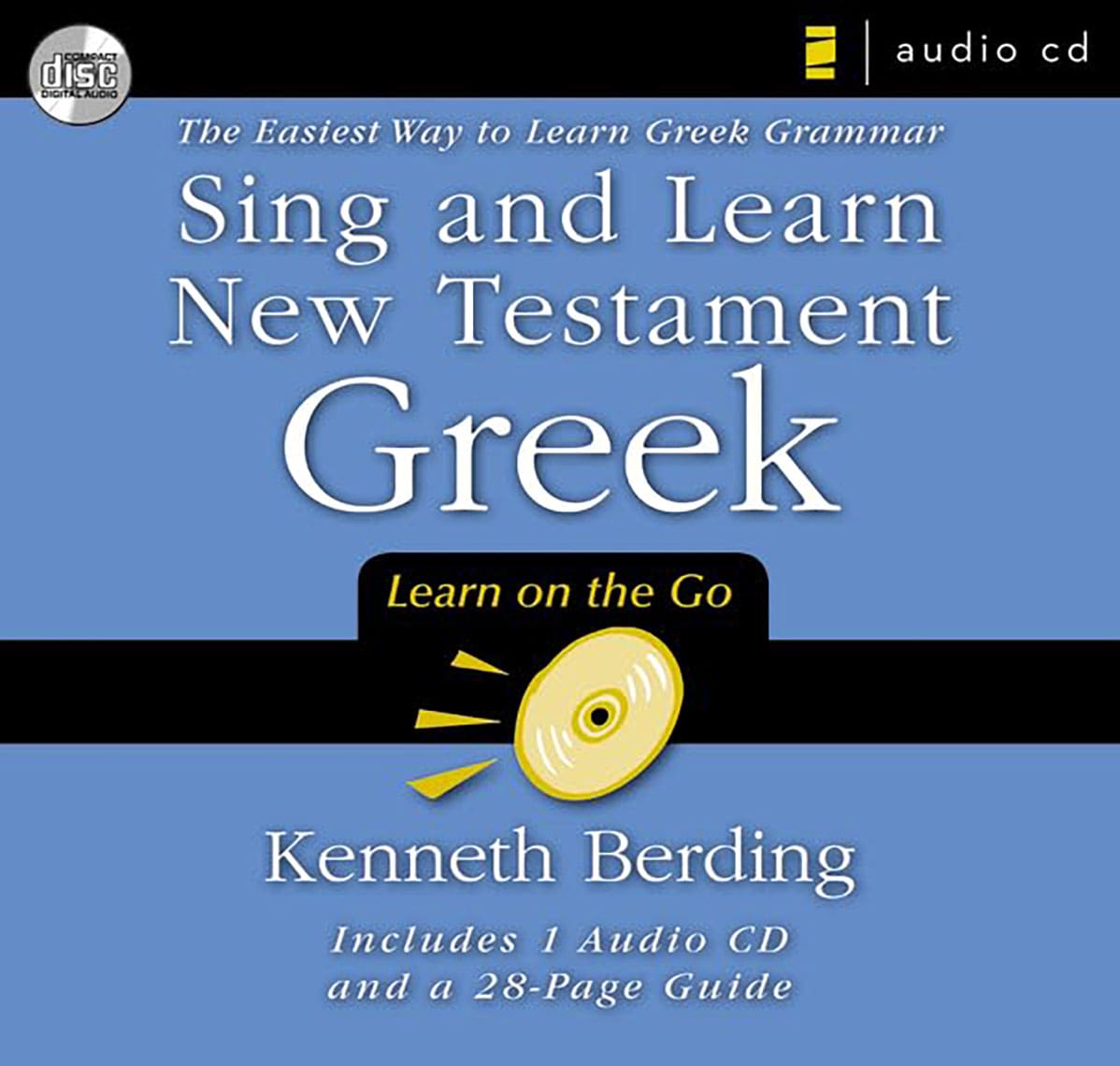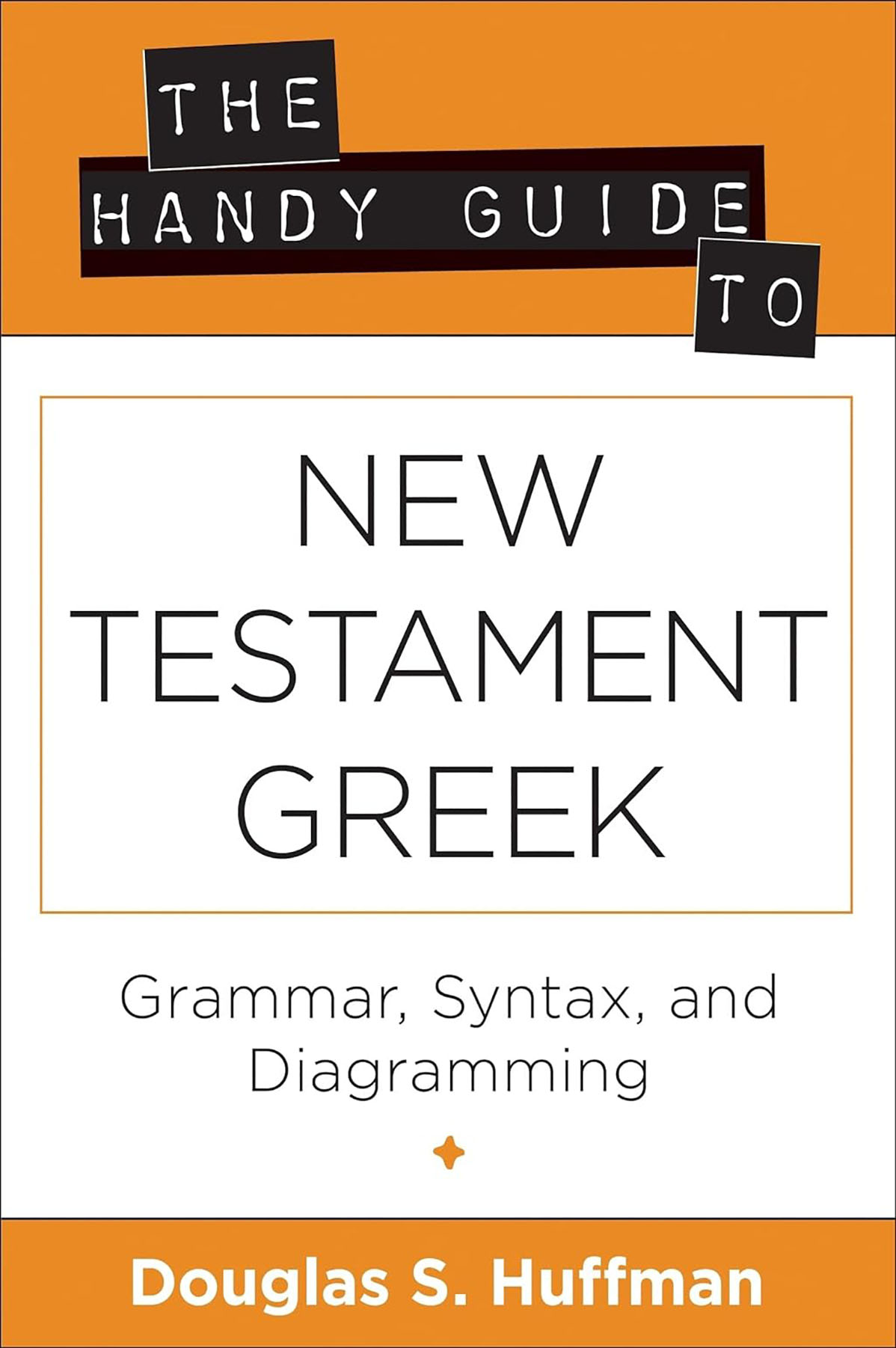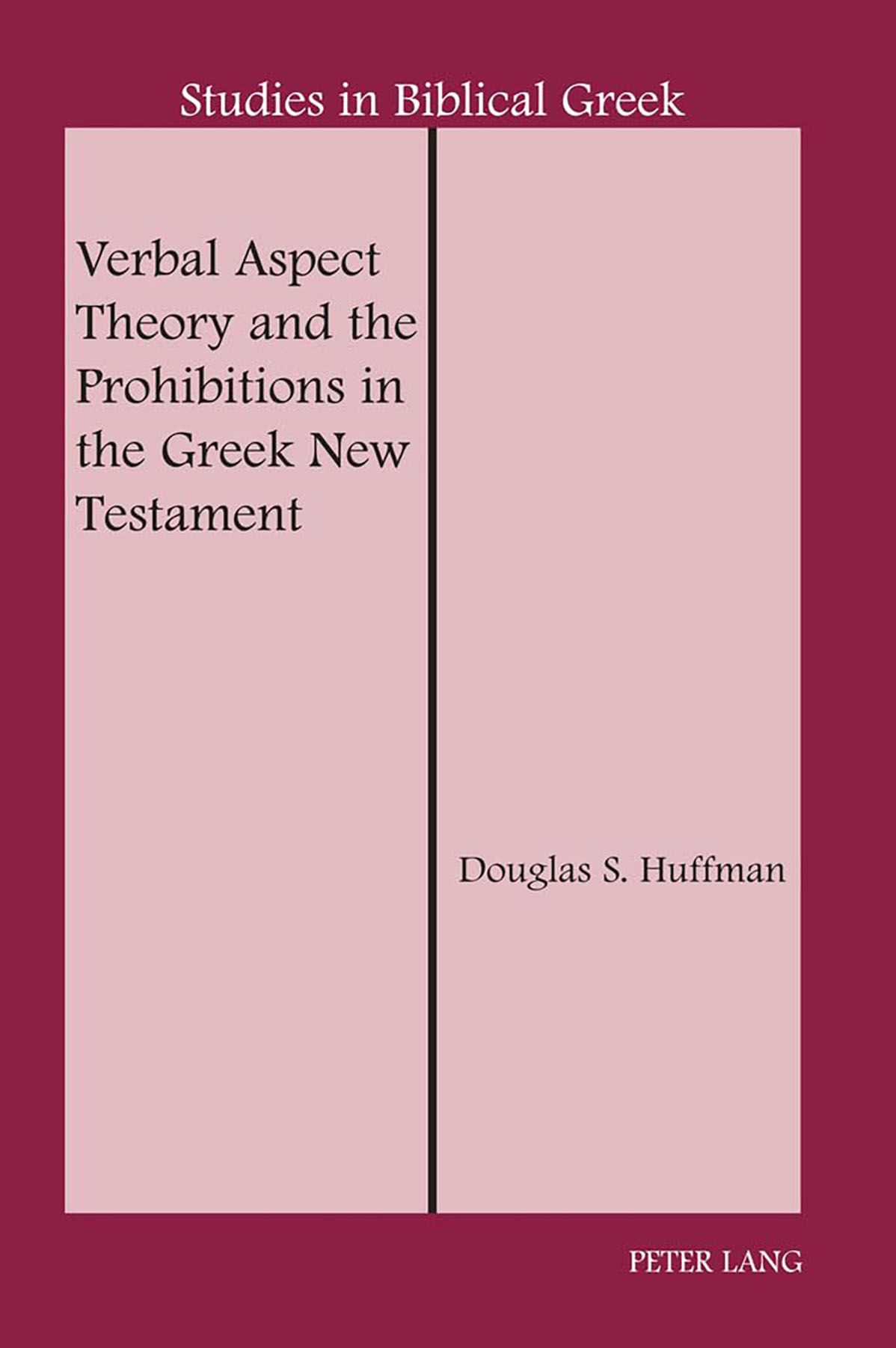How Biblical Languages Work: A Student’s Guide to Learning Hebrew and Greek
A practical and easy to understand guide to learning both Hebrew and Greek. Ideal for Biblical language scholars. This book provides the first practical beginner’s guide to the main components of biblical Hebrew and Greek. It will bring the reader through various organizational structures in Hebrew and Greek using insights gained from years of linguistic and biblical experience. The authors intend this book to be used as a tool to supplement traditional courses in Hebrew and Greek, and to show that these languages are organized in much the same way as other languages. The last chapter includes tips to help each reader learn in his own way. Written by two extremely well-qualified linguists. Uses helpful learning methods by moving from known (English) to unknown (biblical languages). Ideal companion to first-year grammars. Provides a key for getting the most out of both Hebrew and Greek




